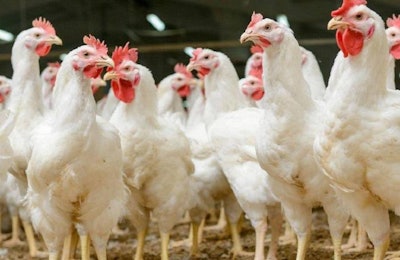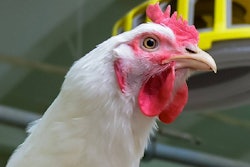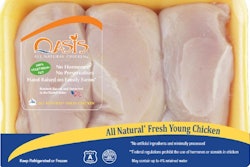
Nordic poultry company Scandi Standard reported a 39 percent year-over-year increase in net sales for the second quarter of fiscal year 2018.
In a press release, Scandi Standard, headquartered in Sweden, attributed some of that increase to the company’s August 28, 2017, acquisition of Manor Farm, an Ireland-based poultry processor. Strong organic growth and exchange rate effects also played a part, according to Scandi Standard Managing Director and CEO Leif Bergvall Hansen.
Sales increases by country
Scandi Standard reported that net sales increased in each country in which the company operates.
Net sales increased by 4 percent in Sweden, 10 percent in Denmark, 5 percent in Norway and 31 percent in Finland.
Additionally, net sales in Ireland increased by 17 percent on a pro-forma basis.
“Although I am pleased that we continued to strengthen our position in our home markets, I see a further potential for converting the top line growth into margin. We are working intensively to optimise our performance under the current market circumstances in Sweden and expect the market investments in Denmark to gradually start to pay off. It was also satisfying to see the positive development for Ireland and to be able to report a continued improvement in earnings in Finland. The performance of the operation in Norway is a good example of the potential in our business,” said Hansen.
“We are carefully following the structural changes in our sector and believe that we are ideally positioned to take part of the consolidation of the European poultry market. We believe the acquisition of Manor Farm is a good illustration of how we can create value and stability for our shareholders. Our geographic diversification is a strength for the Group as most of our margin drivers are country specific.”
Mitigating increased feed costs
Hansen acknowledged that the company was dealing with higher feed costs in FY 2018, saying that an exceptionally warm and dry summer in Northern Europe has negatively affected grain harvests.
“As our contracted growers are largely dependent on locally produced feed, we expect raw material costs to increase in the coming quarters. Our aim is to recover these costs through price increases,” Hansen said.


















